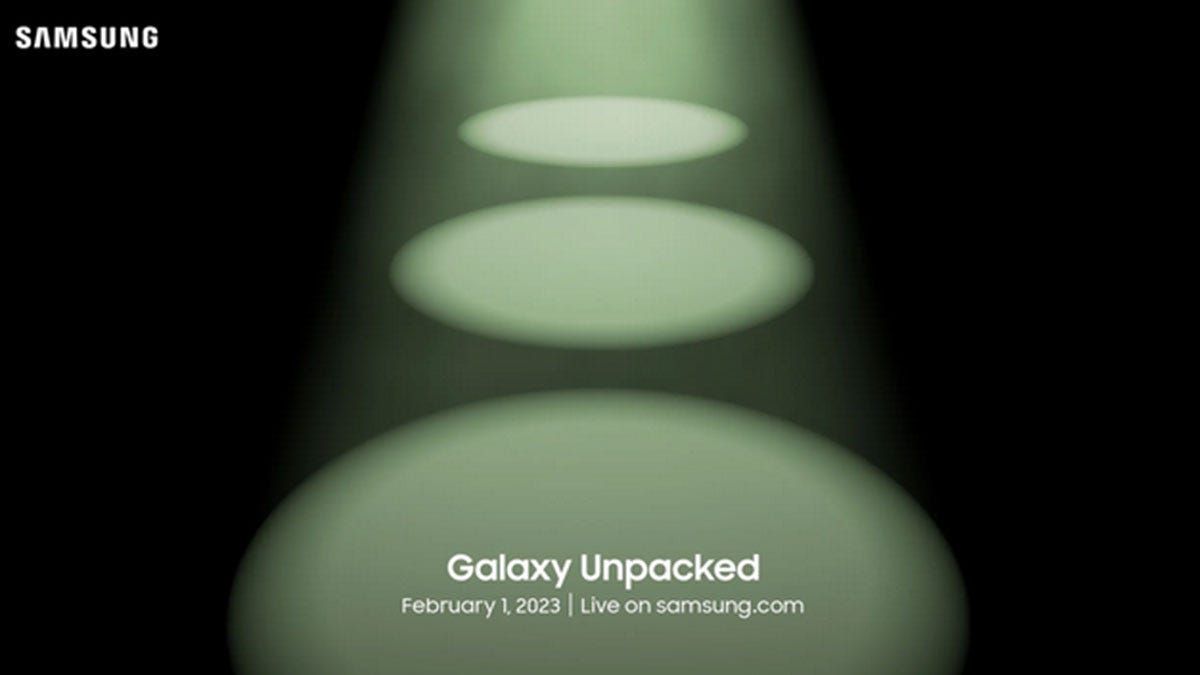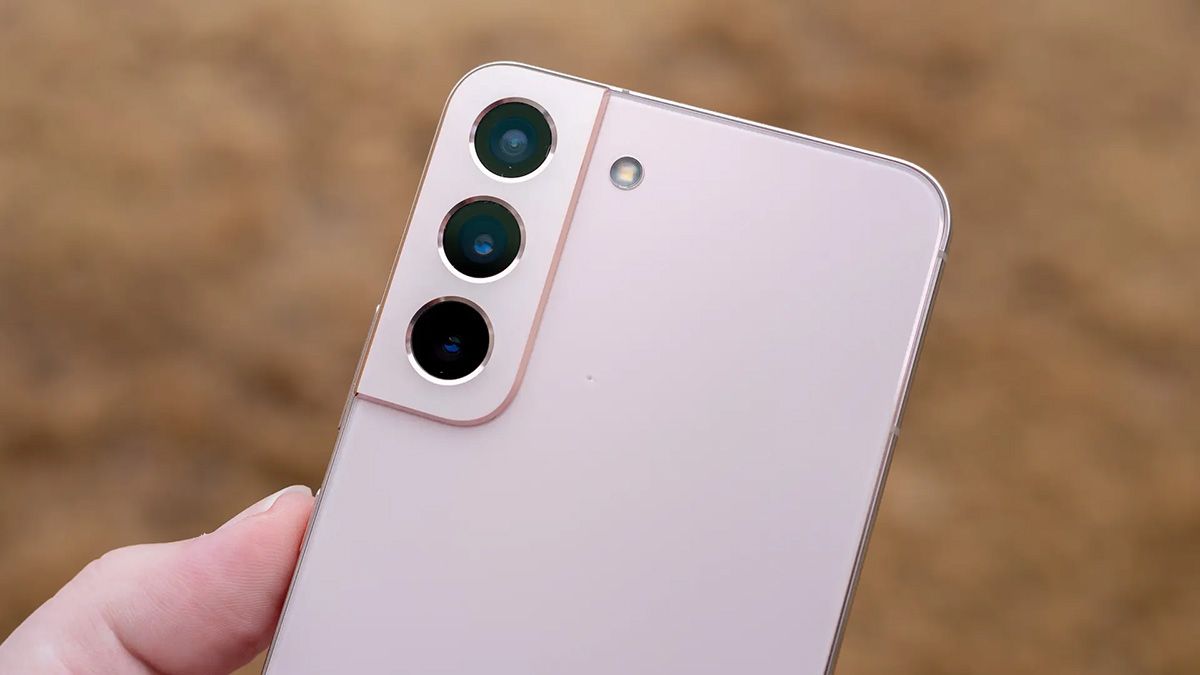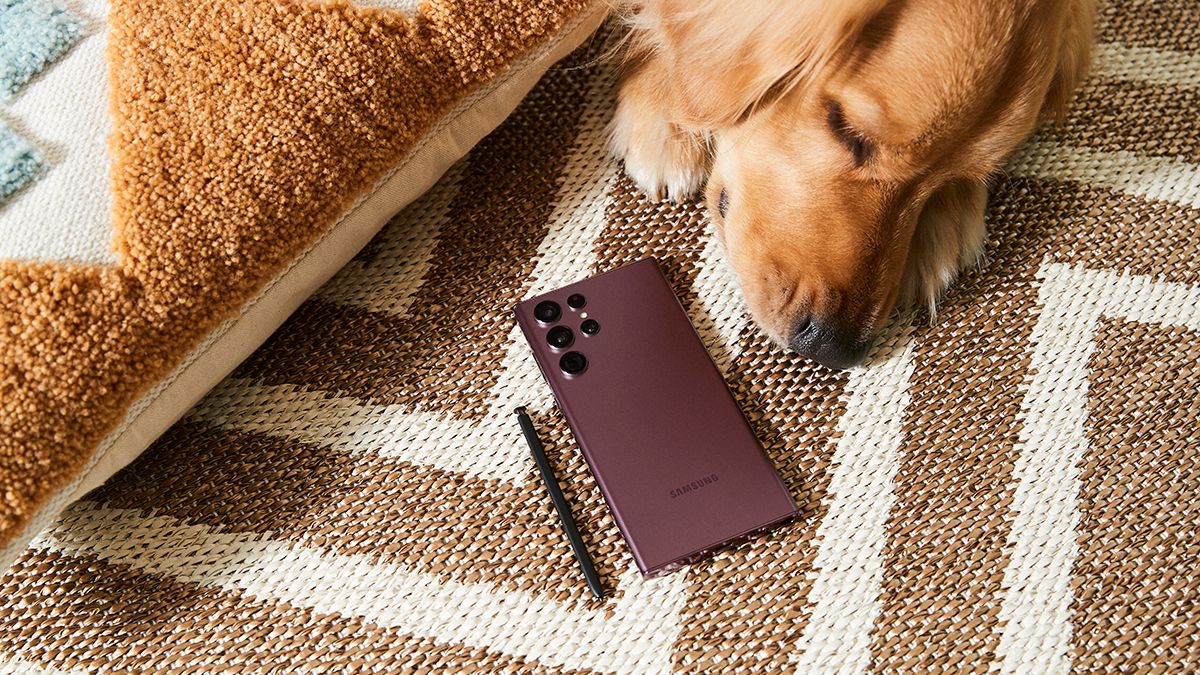Samsung will reveal the Galaxy S23 series on February 1. You can already reserve them today, and they will almost certainly be some of the best smartphones once they are available. This year, we're hoping the regular and Plus models won't be yet another iterative improvement.
We're long past the days when smartphones were rapidly evolving -- except for foldable devices, a phone from two or three years ago isn't that different than anything you can buy (within the same price range) today. The iPhone 14 series from last year was perhaps the most iterative iPhone revision yet, with the same chipset as the 13 series. The Pro model was an actual upgrade, though, with a new camera cutout and more advanced cameras.

Samsung Unpacked Reserve Deal
You can reserve the Galaxy S23 series at no cost right now and get up to $100 in store credit. There's no penalty if you don't end up buying the phones.
Samsung sells three models in the main Galaxy S lineup right now: the regular Galaxy S22, the S22 Plus, and the S22 Ultra. The upcoming Galaxy S23 series is expected to maintain that. However, the first two models have barely changed over the past few years, with most of Samsung's attention going into the larger (and more expensive) Ultra.
Spot the Difference
So, how much has changed with the regular S phone over the years? Let's look at the Galaxy S20 from 2020 first -- it had a 6.2-inch 1440p screen with a refresh rate of 120Hz, 128 GB of base storage, 8 GB RAM, a 12 MP main camera, a 64 MP telephoto lens, a 12 MP ultra-wide, a 10 MP selfie camera, and a 4,000mAh battery. The next year's Galaxy S21 had nearly the same exact specifications, except the resolution shrunk to 1080p. For the Galaxy S22, Samsung decided to shrink the phone and upgrade the main camera to 50 MP. However, the battery also became smaller, and the telephoto was downgraded to a 10 MP lens.
The base Galaxy S phone hasn't substantially become better in at least two years, and in a few ways (screen resolution, battery life), has actually become a worse purchase. The only saving grace is that the price has dropped over time: The S20 started at $999, the S21 was $799, and the S22 remained at $799. The main upgrade for the past two years has been the new Snapdragon chipsets, making each phone just a bit faster than the last.
Okay, what about the Plus model? The Galaxy S20 Plus (also spelled S20+) had a 6.7-inch 1440p screen with a 120Hz refresh rate, 128 GB of base storage, 8 GB RAM, a 12 MP main camera, a 64 MP telephoto lens, a 12 MP ultra-wide camera, a 10 MP selfie shooter, and a 4,500mah battery. That was almost identical to the smaller S20, but with a larger screen and battery. The Galaxy S21 Plus dropped the resolution to 1080p, just like with the base S21. The next year, Samsung slightly shrunk the Plus model to a 6.6-inch screen, downgraded the telephoto to 10 MP, and upgraded the main camera to 50 MP.
The regular S and Plus phones have started at 128 GB of storage for three years. The main camera has improved over the past two years, but the telephoto lens became worse, and the ultra-wide stayed the same. The base 8 GB RAM has remained the same for two years. None of them have headphone jacks or SD card slots. Each new Snapdragon chip brought minor speed improvements and more reliable 5G access, but besides that, you'd be hard-pressed to tell any recent S and S Plus phone apart -- except for where the rear cameras are located.
The Grass Is Greener on the Ultra Side
The S and S Plus phones haven't changed much in 2-3 years, but what about the Ultra? Well, there wasn't an Ultra at all before the S20 series. The next year's S21 Ultra added S Pen support (but the stylus didn't fit in the phone) and replaced the useless depth camera with another telephoto, giving the phone incredible zoom capabilities. It also added ultra-wideband (UWB) support for locating SmartTags.
The Galaxy Note 20 was the final Galaxy Note device, and after that, the S Ultra essentially became the Note phone. The S22 Ultra has a boxier design than the other S phones, like the Note before it, and switched to an integrated S Pen. The camera array remained mostly the same, but with a few additional software tweaks.
If you don't care about the S Pen, there's not much to convince Ultra owners to upgrade each year, either. However, there is a growing list of features that have yet to trickle down to the S and S Plus, or even one of them. The Ultra is still the only model with two telephoto lenses. It's still the only model with S Pen support -- even just compatibility with an external pen would be great, like with the S21 Ultra. Millimeter-wave 5G (mmWave) and Wi-Fi 6E are available on the S22 Plus and Ultra, but not the regular S22.
Some of those limitations are up to the laws of physics -- shoving more cameras into the regular S phone would probably leave even less room for the battery. However, other missing features are just cost-cutting measures, or attempts to upsell some people to the Ultra. It's also confusing for buyers that the Plus and Ultra share some features that the base S phone doesn't have, like Wi-Fi 6E support.
The Galaxy S23 series will be revealed in full on February 1, and I hope this time around, Samsung can deliver meaningful improvements to the entire lineup.

Samsung Unpacked Reserve Deal
You can reserve the Galaxy S23 series at no cost right now and get up to $100 in store credit. There's no penalty if you don't end up buying the phones.


